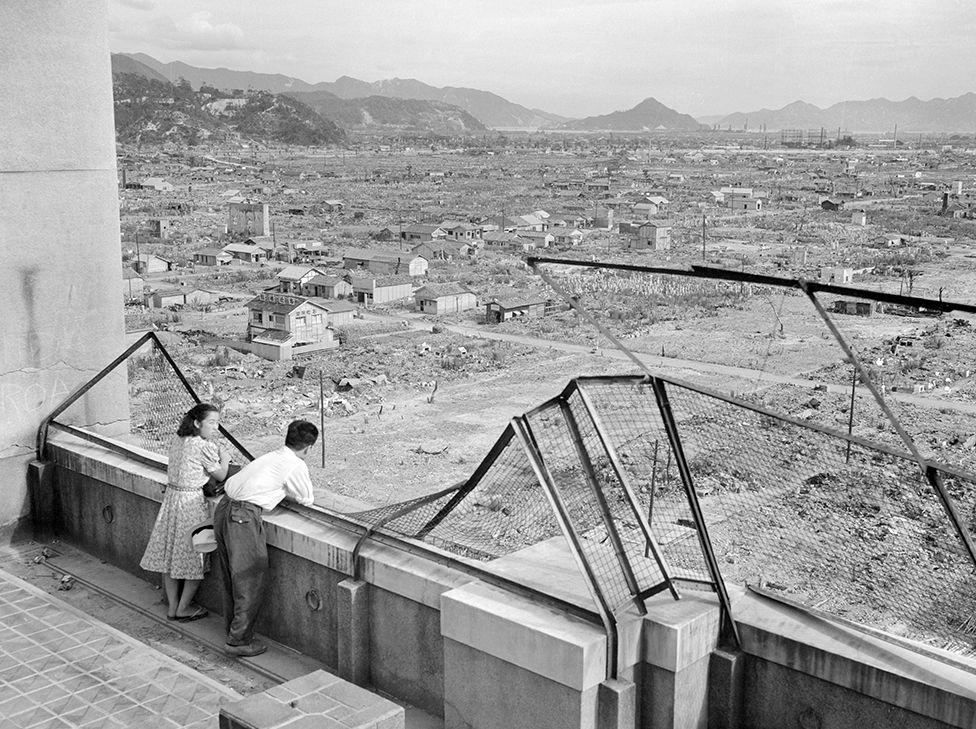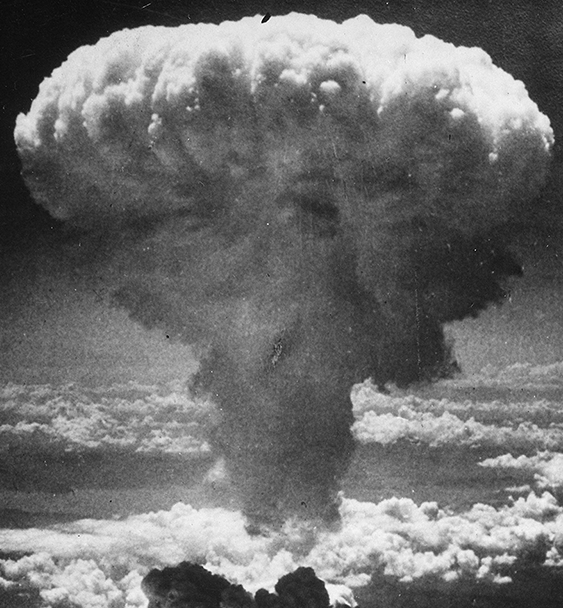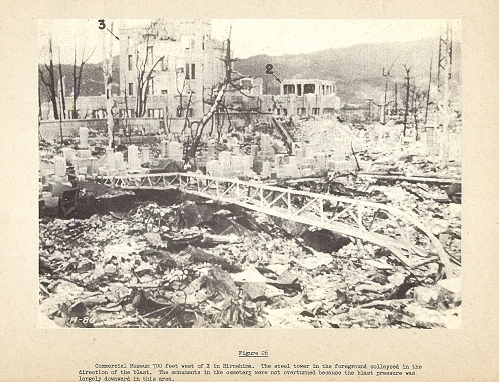

It was the time of large student movements against the renewal of the Treaty of Mutual Cooperation and Security between the United States and Japan ( Anpo) in 1960. I grew up in Japan and attended the University of Tokyo, Komaba campus, where I was the editor of the university newspaper. Some fragments of the war are still vivid in my memory. Later in August, the adults gathered at my grandfather’s house in Iburihashi to listen to the emperor announce the termination of the war on the radio. As a four-year old boy, I do not have clear memories of the war, but I remember the crimson sky in downtown Tokyo when the city was bombed on March 9-10,1945. In 1945, with constant incendiary bombing in the neighborhood, my family evacuated to the small village of Iburihashi, now incorporated in the city of Komatsu, Ishikawa prefecture. I was born in Tokyo in 1941, the year the Pacific War began.

But it might be important and useful to explain my background as well as the trajectory of my scholarly interest at the outset. As far as I understand, you have come to the field of the international historiography of the atomic bombings at a relatively late stage of your career as a historian.ĭr. (Paperback edition, Chicago: Haymarket Books, 2018). The February Revolution, Petrograd 1917: The End of the Tsarist Regime and the Birth of Dual Power. Leiden: Brill. , ) and The February Revolution, Petrograd 1917 (Hasegawa 2017bHasegawa, T. 2017b. Crime and Punishment in the Russian Revolution: Mob Justice and Police in Petrograd. Cambridge, MA: Harvard University Press. In this regard, you have recently written Crime and Punishment in the Russian Revolution (Hasegawa 2017aHasegawa, T. 2017a. You are also an expert on Russian history and Russo-Japanese relations. Anto: Sutarin, Toruman to Nihon Kohuku Tokyo: Chuo Koron Shinsha. Racing the Enemy: Stalin, Truman and the Surrender of Japan. Cambridge, MA: Harvard University Press.

You have published numerous books and articles such as Racing the Enemy in English and Anto in Japanese (Hasegawa 2005Hasegawa, T. 2005. Hibiki Yamaguchi: We are so honored and privileged to be here with you to discuss your works on the international history of the atomic bombings on Hiroshima and Nagasaki. Keywords: Atomic bomb, World War II, Japan’s surrender, Harry Truman, Joseph Stalin, war crimes But he asserts that this action must be understood in the context of Japan’s responsibility for starting the war of aggression and committing atrocities in the Asia–Pacific War. He views the US use of atomic bombs as a war crime. He argues that, even before the atomic bombings, the United States had already crossed the moral high ground that it had held.

He also assesses a third – and often hidden – justification for dropping the bombs, namely, the American desire for revenge. The prevailing view is based on two premises: first, the use of the atomic bombs was the only option available to the US government to avoid launching a costly invasion of the Japanese homeland and second, the atomic bombings had an immediate and direct impact on Japan’s decision to surrender. Applying his specialized knowledge of Russian history to an analysis of the US decision to drop atomic bombs on Japan, he challenges the prevailing American view that the US decision to drop the atomic bombs on Hiroshima and Nagasaki was justified. Tsuyoshi Hasegawa, a US citizen who was born in Japan, has taught in both countries.


 0 kommentar(er)
0 kommentar(er)
